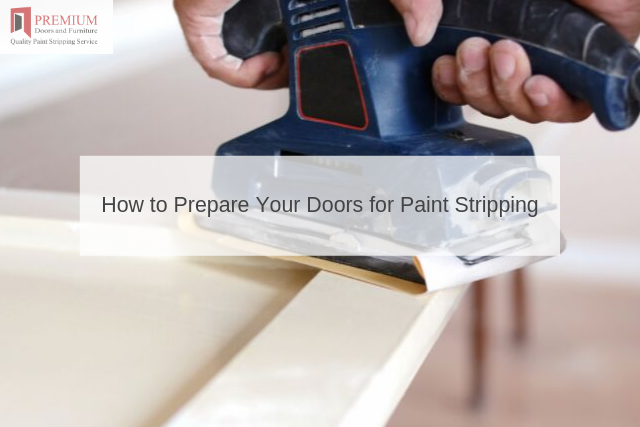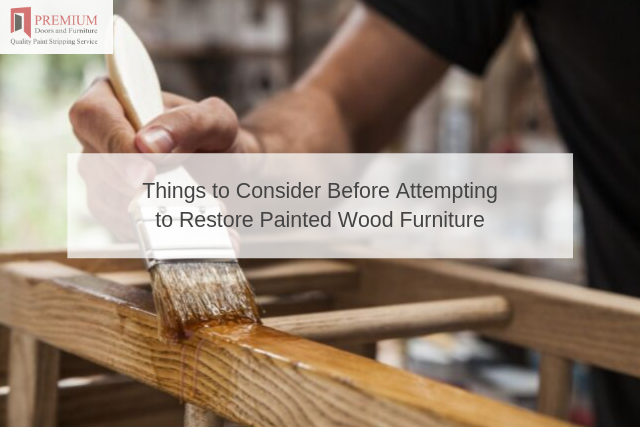Do you wish to restore an antique door to its previous appearance? You might instead be looking to add an organic touch to your home by removing layers of paint which have existed for decades or longer.
Not only is this a great option if your door happens to be rather valuable, but you will be amazed with the subsequent results.
If you hope to avoid any snags along the way, it is wise to prepare well before the stripping process actually begins. What are some steps to take and some factors to consider?
Glass and Hardware
While modern glass will not normally be damaged during the stripping process, the same cannot be said if your door happens to be more than 80 years old. Antique glass is often quite fragile, so it might be prudent to carefully remove any panes that may be present.
The same holds true if the hardware on the door happens to be original. These sections can easily be scratched or damaged.
It is much better to remove any hardware entirely as opposed to being forced to search for out-of-date accessories in the future.
Addressing Caulk and Silicone
Caulk and silicone are often used to seal cracks (such as within carved inlays or around glass panes). However, these can be unsightly once the stripping process has been completed. Most professionals suggest that such sealants be removed with a utility knife or similar stripping tool. This brings us to the final point.
Using the Appropriate Tools
There are specific tools which have been designed for stripping paint. Small wire brushes, portable heat guns, handheld scrapers, and electric sanders are examples.
It is also wise to possess a few screwdrivers, as the associated tips can be used to remove paint that might be present on the screw heads.
We should also mention that it is normally best to remove the door from its hinges and to lay it on a flat surface.
It will be much easier to access crevasses and more pressure can be applied if the door is parallel to the floor.
Anyone who would like to learn more about the stripping process itself or when it is best to seek the guidance of a professional should contact Premium Door Stripping. We are always here to help.





